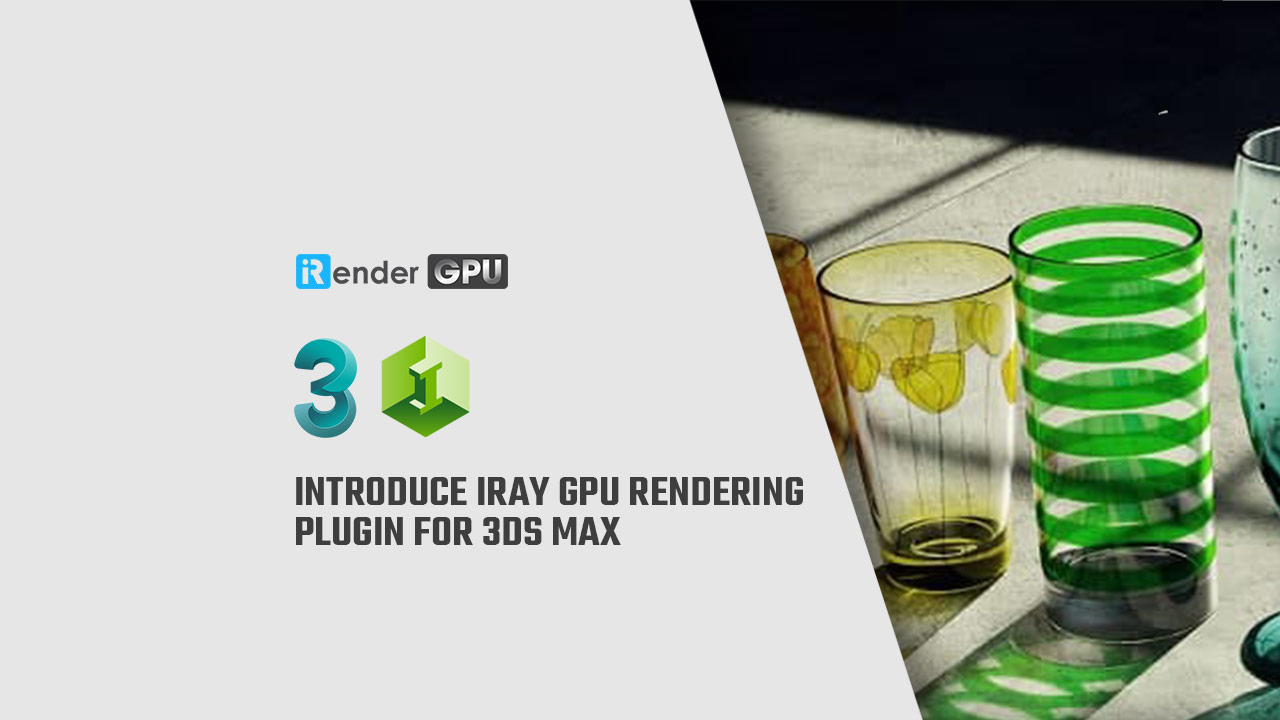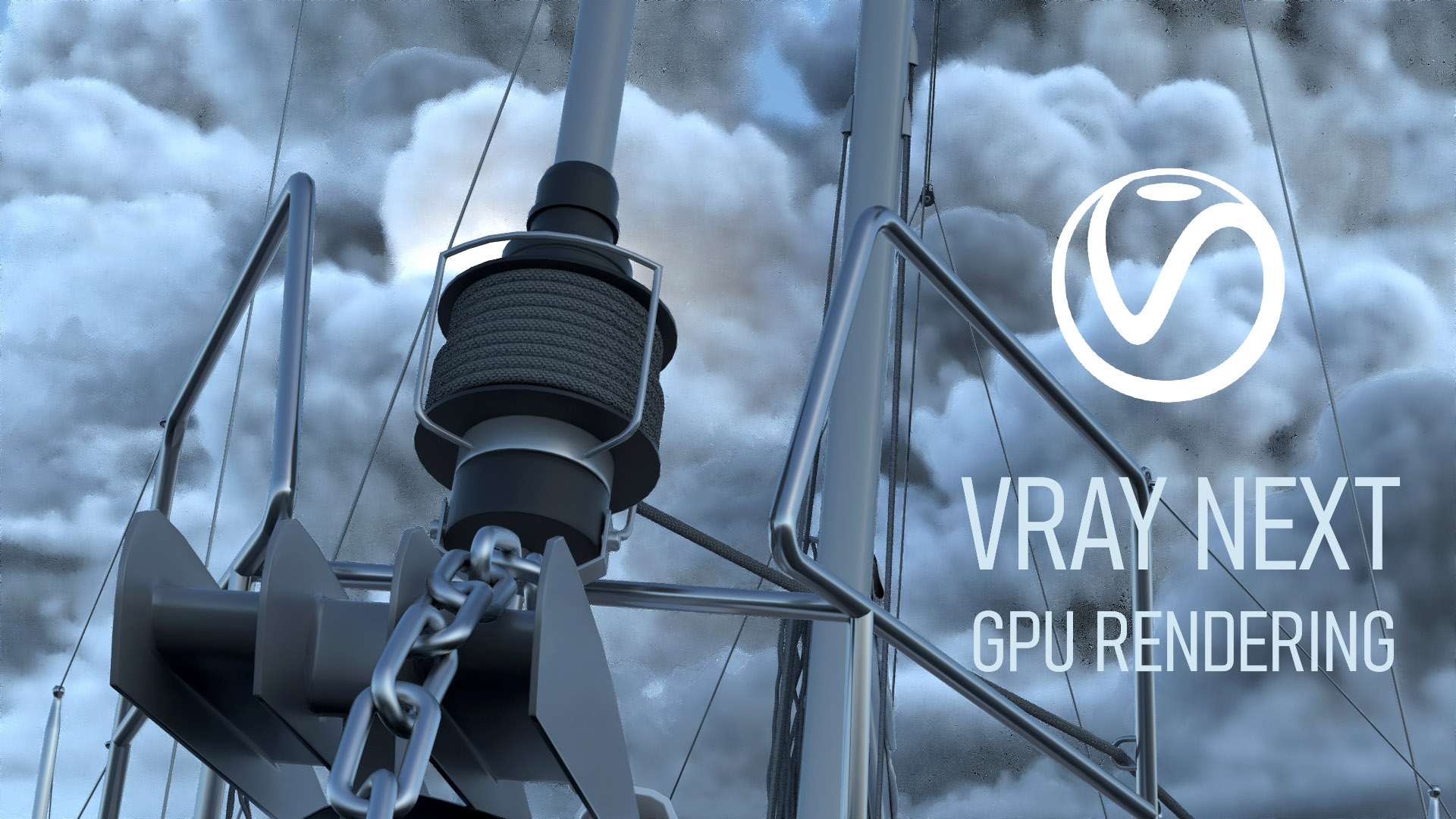

Then there’s a completely new GPU rendering architecture called the multi-kernel, which is based on Nvidia CUDA.

On top of that, the developers have been working on Scene Intelligence, a collective group of technologies that allow V-Ray to ‘learn’ from a scene to help cut render times. That’s everything – all ray tracing calculations are going to speed up,” says Grohs, adding that this is down to optimised code. “It is about 25% faster just as a baseline. The new version is very much focused on performance.

And, as Chaos Group CCO Lon Grohs admits, “V-Ray 4 for 3ds max didn’t sound right.” In other words, the number ‘4’ followed by the word ‘for’ would have been a bit of a mouthful. It’s a break from the traditional numerical naming conventions, but the company justifies this by saying that the new branding signifies a significant leap forward in terms of both technology and capability. The software is primarily used alongside 3ds Max, the tool of choice for arch viz artists, but in recent years it has spread its wings into 3D CAD and BIM with versions for Autodesk Revit, SketchUp and Rhino, as well as other 3D modelling tools.Ĭhaos Group has now launched a brand-new version, V-Ray NEXT, which will be made available first for 3ds max. V-Ray has become the industry-standard renderer for architectural design visualisation. City scene rendered in V-Ray NEXT for 3ds max


 0 kommentar(er)
0 kommentar(er)
